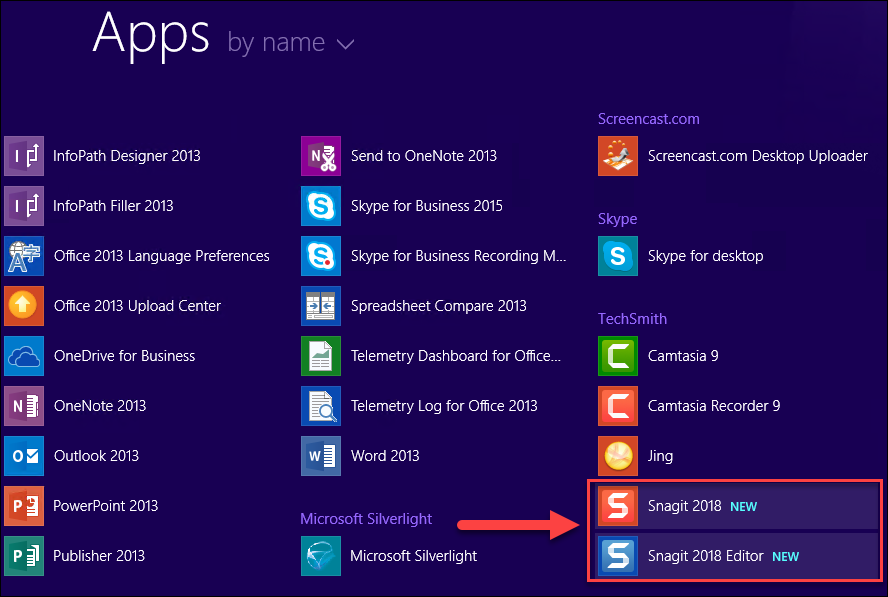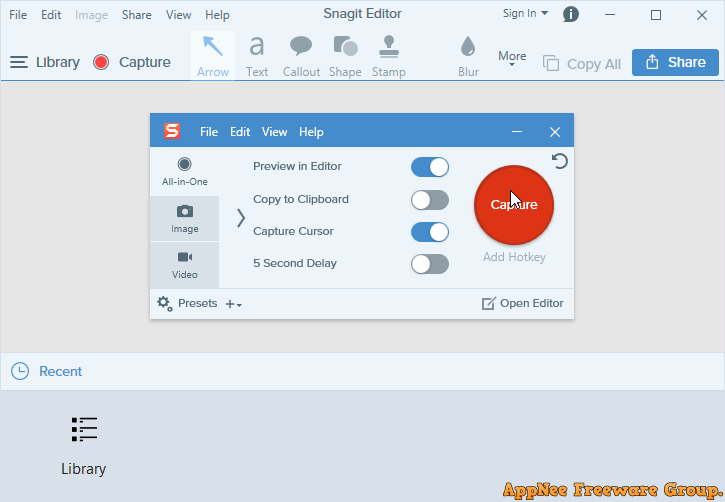

- #SNAILGIT FOR WINDOWS FULL#
- #SNAILGIT FOR WINDOWS CODE#
- #SNAILGIT FOR WINDOWS ZIP#
- #SNAILGIT FOR WINDOWS WINDOWS#
Insert custom strings or large blocks of text in other programs triggered by a keypress (its original reason for being)Įg: ]s inserts the current date and time: 11:57:07ĭefine a keypress to start Putty with a given profile, enter logon credentials, CD to a folder and start Midnight Commander
#SNAILGIT FOR WINDOWS WINDOWS#
Prepend or append selected text to what's already on the clipboard with Ctrl+įind all windows with specific text in the title and resize them in a custom way (Window+]) The AutoHotKey programming language is quirky and weird, even when compared to Powershell's quirkiness, but there are classes of things that AutoHotKey can do that I don't know how you would do on Powershell: I wonder if QuickJS can be integrated into it. I wish it had support for a more modern / more popular languages for scripting. One disadvantage is that you have to use an ancient version of JScript (ES3 / Microsoft flavor) or VBScript (possibly because of the need for communicating over a COM interface).

Virtual filesystem for archiving and bookkeeping Custom file previews, context menus, rename scripts Dynamic layouts based on folder contents, path or determined by a script Every function can be assigned a shortcut It's an incredibly customizable and scriptable file explorer that allows you to fit it exactly to your workflow.
#SNAILGIT FOR WINDOWS CODE#
Also expect having to whitelist it with anti-virus products, but the source code is open and you can build it yourself if you don't trust what you are getting. They often look at the APIs PH uses and use signature checks and other ways to block/discourage PH from using them. Unfortunately due to a personal dispute with a Webroot employee and Microsoft its signature ended up in antivirus databases, so don't expect any love from Microsoft. Also I strongly suggest building the plugins extra repo, has some great ones, like a terminator plugin that can kill apps various user and kernel ways. Be sure to get the nightly/3.0 branch, the 2.0 branch is several years old. Last but not least, the icon overlay feature helps you monitor the Git working copies in real time.I'll suggest Process Hacker It is the ultimate Task Manger, open source, supports amazing plugins, and has tons of features that sysinternals Process Explorer lacks. SnailGit also comes with a companion Finder extension that provides quick access to Git management functions without having to navigate to the app’s user interface. Git client that seamlessly integrates with the Finder to improve your workflowīottom line, SnailGit is a Git desktop client that can be used to both navigate and manage Git repositories via a graphical user interface. However, the function only works if the SnailGit extension is enabled, and the repository is included in the list of working copies via the SnailGit Preferences. Note that SnailGit comes with icon overlay capabilities designed to help you check the status of your working copies via the Finder. To gain more time, you also get to launch the browser via the Finder contextual menu.
#SNAILGIT FOR WINDOWS ZIP#
SnailGit also comes with a Repository Browser, where you get to see all the included files, select the revision type (HEAD, Branch, Tag, or Commit), and quickly export the revision to a ZIP archive. In the first case, you must provide the repository URL and output directory while the latter merely requires directions to the appropriate folder. Once you have finished configuring the SnailGit application, via the app’s file menu you can either choose to clone an existing repository, or simply create a new one. Browse your Git repositories and effortlessly export revisions The extension will place an icon in the Finder toolbar, and grants access to frequently used Git related functions on the spot.
#SNAILGIT FOR WINDOWS FULL#
To get full advantage of the SnailGit capabilities, make sure to enable the complementary Finder extension via the System Preferences.

If you don’t have such a file, you can generate it by using the ssh-keygen tool via the command line.

It is worth mentioning that you need an SSH public key to connect to Git servers and traditionally it is placed in your user folder as a. ssh public key, to the Applications folder, and to the /usr/local/bin directory. To help you get started, SnailGit comes with a Setup Guide, where you must provide the name and email that are to be used in the commit messages, and provide access to the. Easy to setup Git client that features a minimalist user interface The utility features a minimalist repository browser, but can also be used to create or clone Git repositories. SnailGit is a Git client that offers you the possibility to access repository management or browsing capabilities from the comfort of your Finder window.


 0 kommentar(er)
0 kommentar(er)
